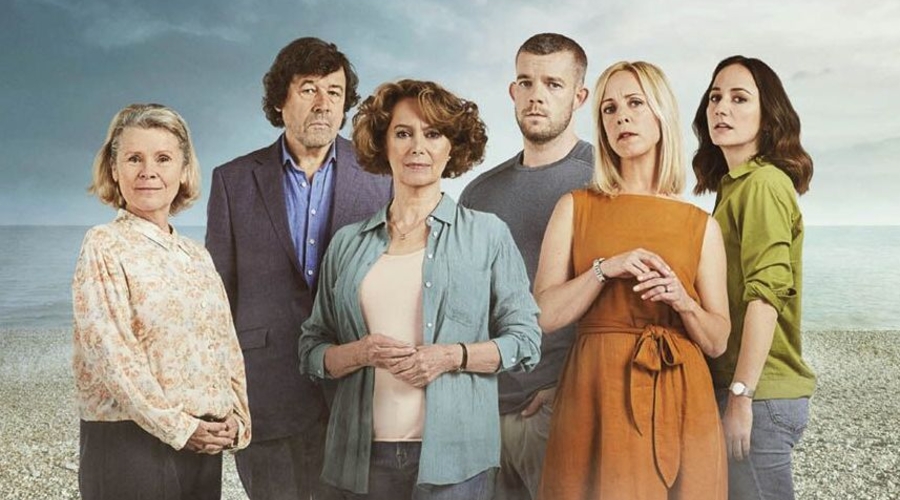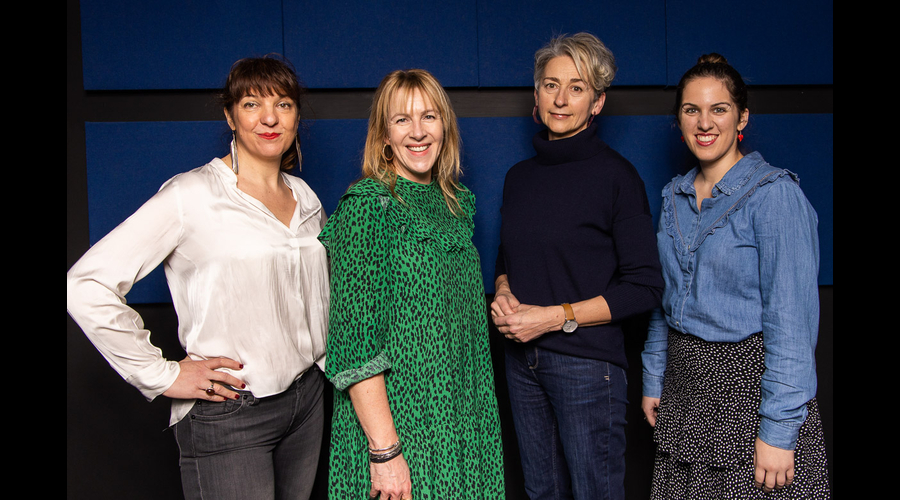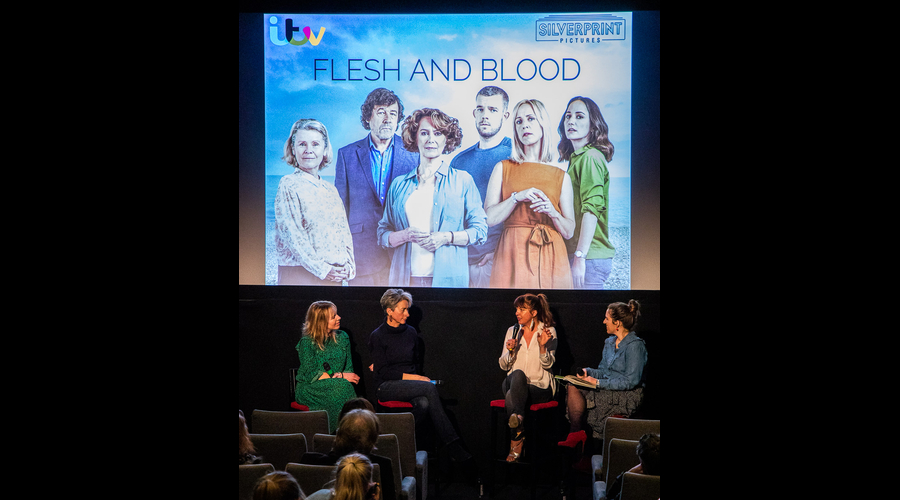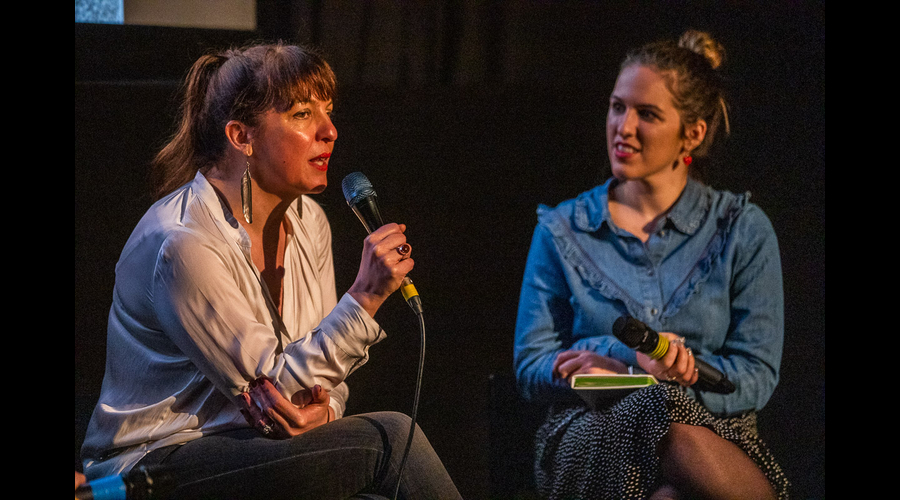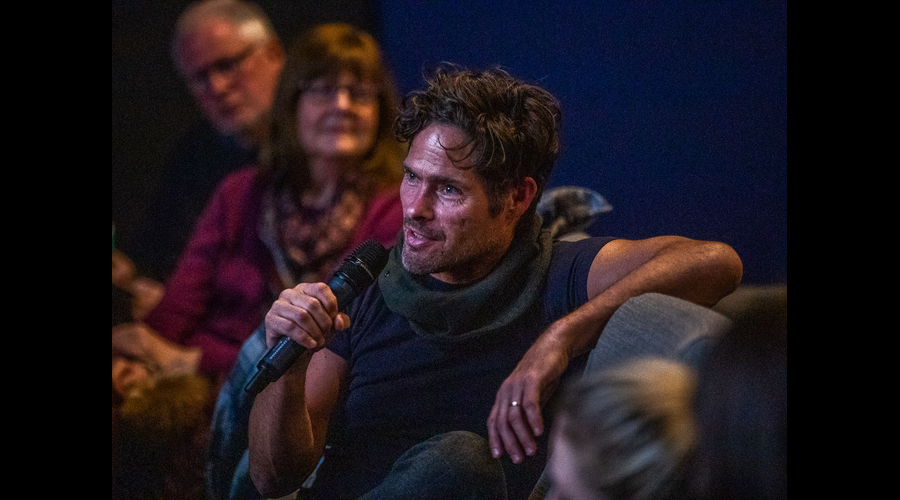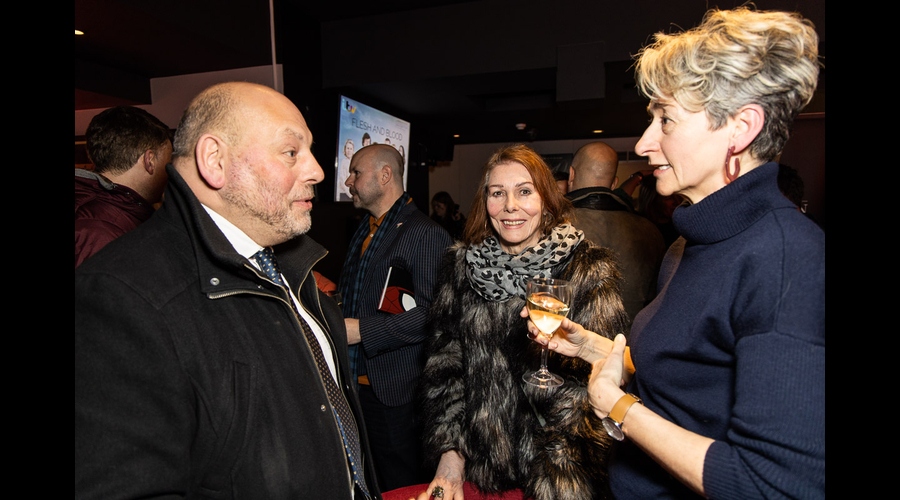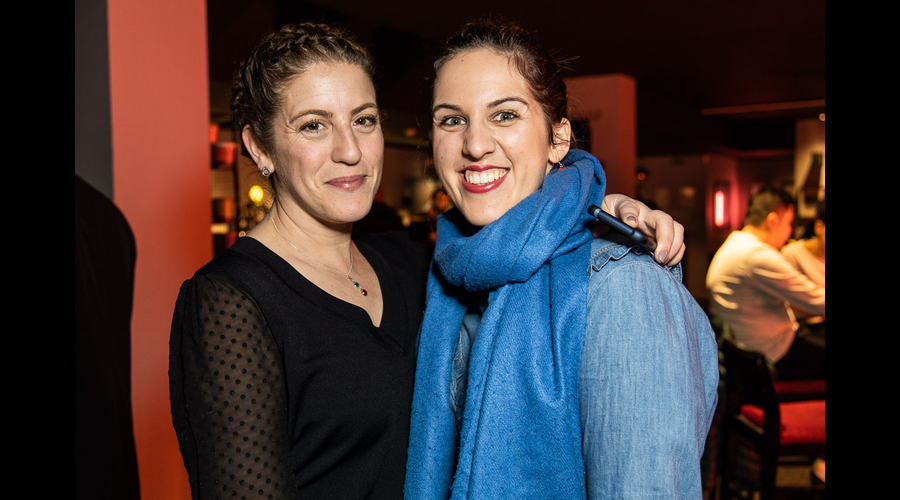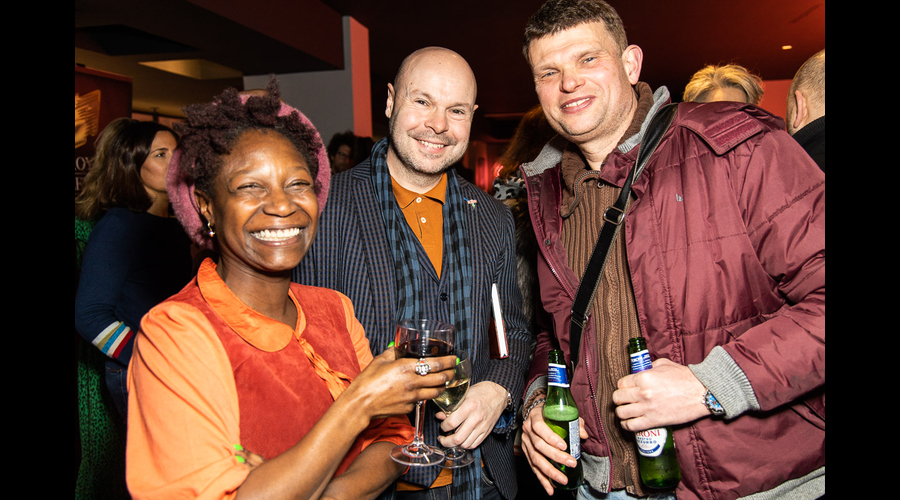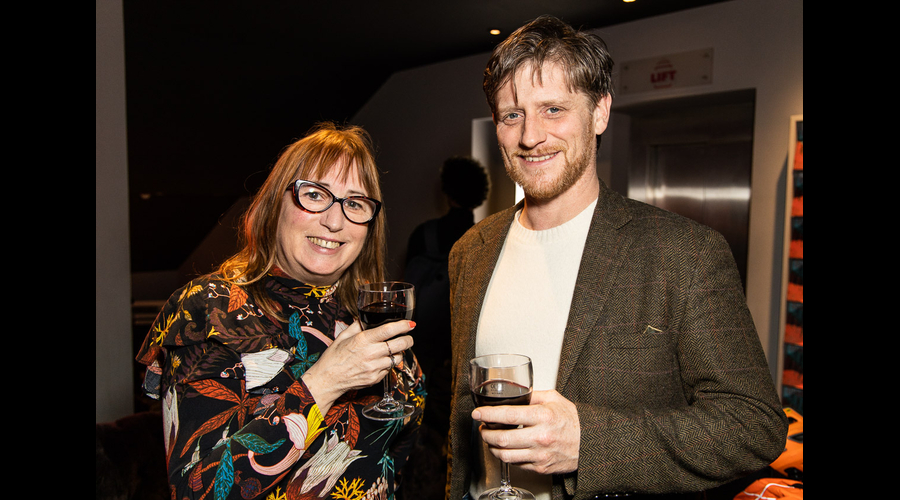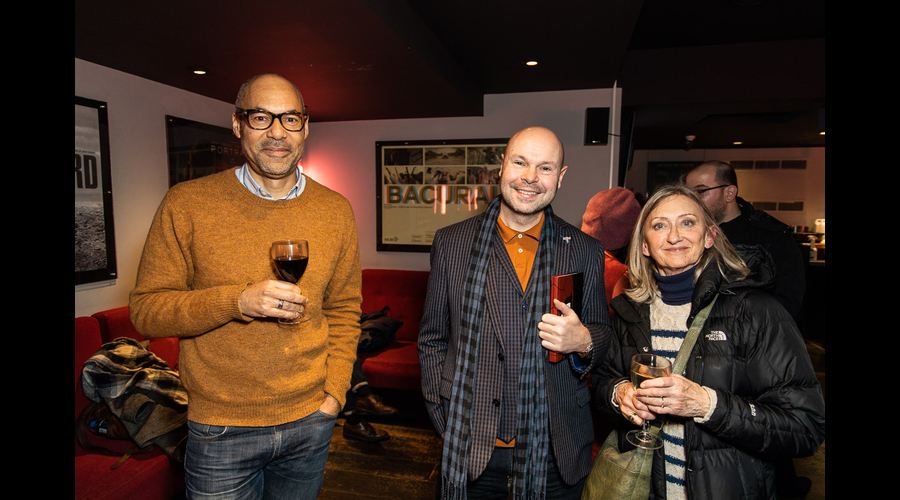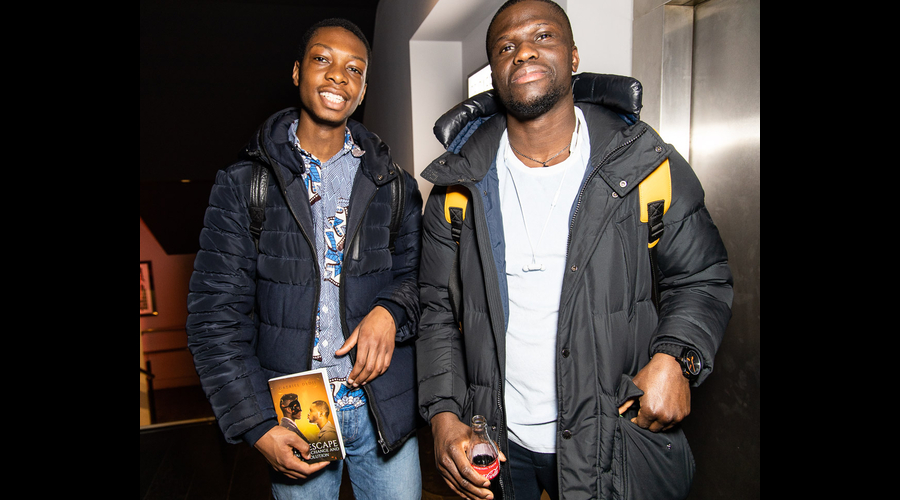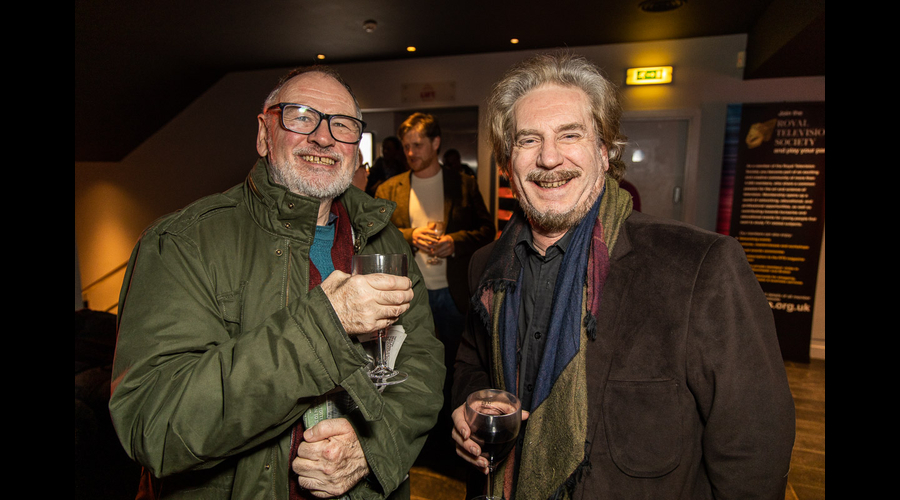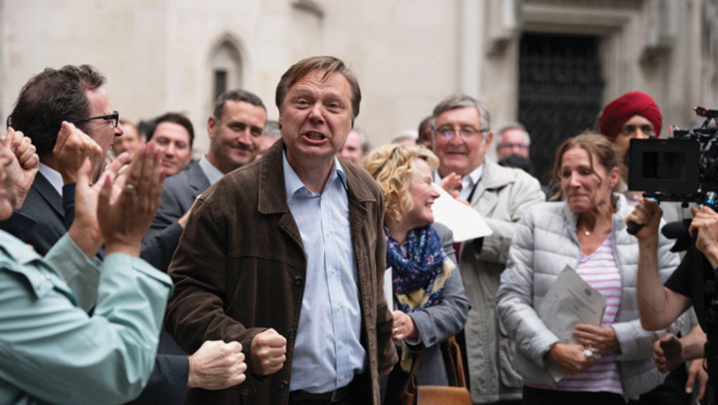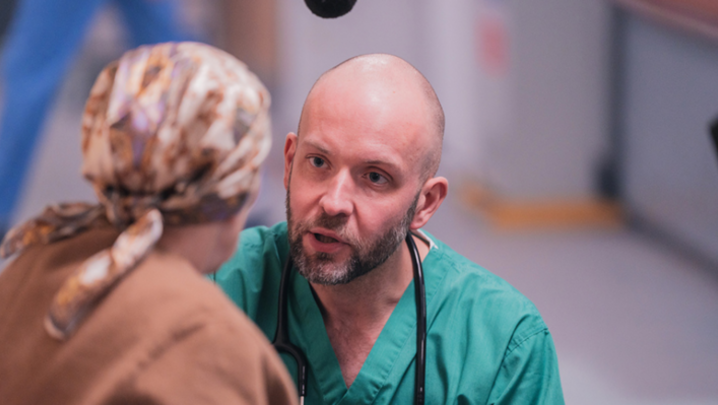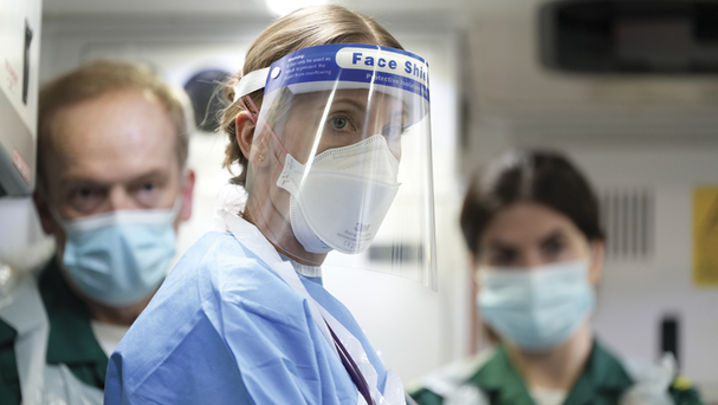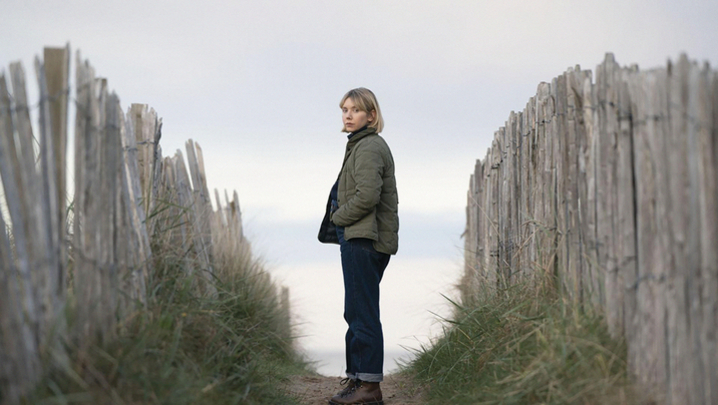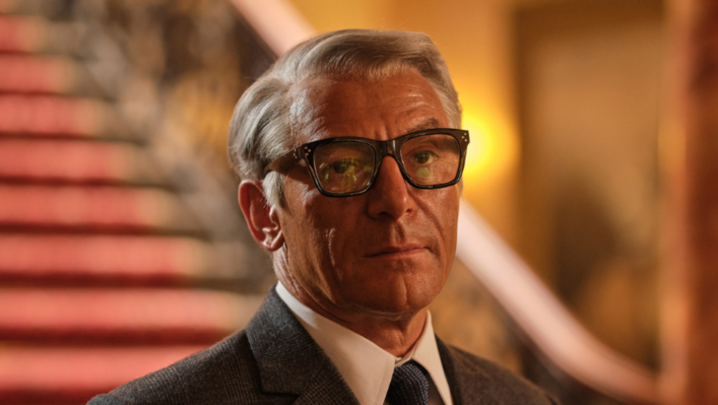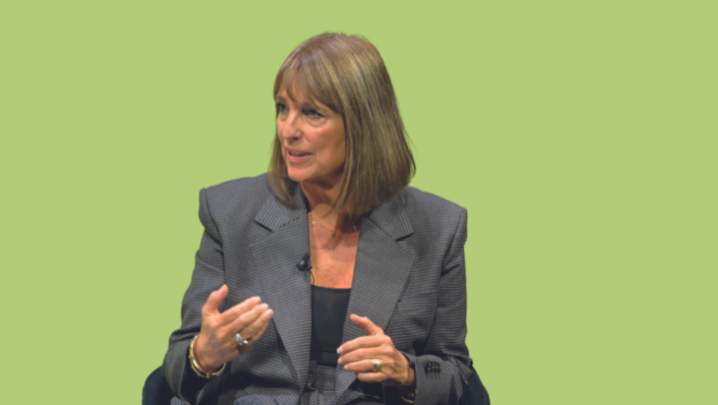ITV’s critically acclaimed drama Flesh and Blood marked a departure for the women who created it, hears the RTS
If screenwriter Sarah Williams has proven anything to herself about the art of television storytelling by creating ITV’s high profile Flesh and Blood, it’s the truth of the well-worn phrase: it’s not where you start, it’s where you finish.
Four years ago, Williams began with a plan to write a character-based, family series focused on a group of troubled siblings. She came up with the concept following a conversation with Silverprint Pictures’ creative director, Kate Bartlett.
The Silverpoint executive had always admired Williams’s work and had asked her if she had any projects that they could develop together. Over time – and perhaps inevitably – the writer’s original idea expanded. It changed direction, new characters were added – and, in due course, it surprised both women.
Finally, last month, Flesh and Blood emerged on ITV as part family drama, part thriller – a far cry from that initial Williams-Bartlett conversation.
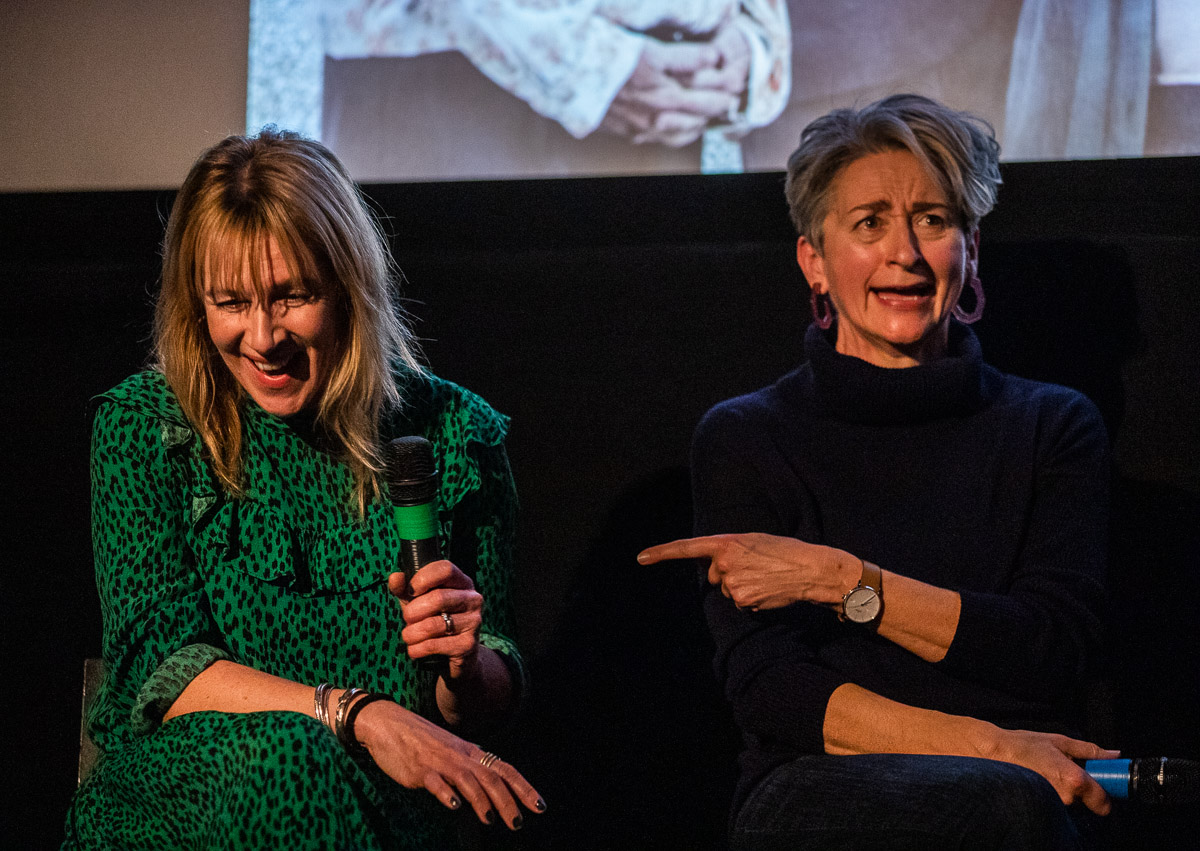
The series opens with a mystery body being removed from a blood-soaked scene on a beach. Only then does it introduce a group of family members, each dealing with the new romance of their widowed mother, Vivien, and their own messy lives.
Nearing her 70th birthday, Vivien (Francesca Annis) has fallen in love with Mark (Stephen Rea), a retired surgeon. Her children’s reaction to her new relationship ranges from wide-eyed shock to full support.
Against this backdrop, worries about money, infidelities and much more play out in the setting of a picturesque and highly stylised Kent coast. Rarely, if ever, have the country’s famous white cliffs looked so sumptuous.
It was Williams’s own family background that inspired Flesh and Blood. “I’m one of six children and have always been fascinated with sibling dynamics,” she said at an RTS screening of the opening episode. “At the start, I wanted to get to the heart of that thing you have with your family, where you’re full of love and support for them, but they can also wind you up and find your weak points. I thought that love/hate thing would be rich territory.”
But focusing on the siblings soon proved to be inadequate for her story, so she added the lives of the parents. This produced plenty of complex and nuanced elements, but no plot and – even after many months – no scripts.
Williams admitted: “Eventually, Kate said to me, ‘Well, what actually happens?’ and I realised, ‘Well, it does need a plot’.”
"I thought that if, at the very beginning, we knew something bad had happened, that would keep the viewer’s mind spinning ahead"
"I thought that if, at the very beginning, we knew something bad had happened, that would keep the viewer’s mind spinning ahead"
Suddenly, Williams – who had never written a thriller before – knew that she had to create something larger. That “something” was a crime.
“I needed a big event [in the story] and, although I don’t think of myself as a natural thriller writer, I thought that if, at the very beginning, we knew something bad had happened, that would keep the viewer’s mind spinning ahead.”
To ease the narrative, she created another key character – a neighbour, Mary, played by Imelda Staunton. This was a lightbulb moment. “She only had a couple of scenes at the start, but every time she appeared it was gold dust. It was obvious that we needed more Mary.”
She added: “Mary wasn’t on one of my Post-it Notes when I started but, if you live in a remote place, you can’t exist without a neighbour: you rely on them. And, the minute Mary crept into the story, she started growing.”
The character enabled Williams to write some darkly witty moments. “You need to have light and shade in a script,” she said. “I find it anxiety-making if I just feel the tension in a story going up and up. Along the way, I love a bit of light relief.”
Williams continued: “The main plot is the crime, but family stories, especially concerning the siblings, were important to me. We didn’t want the audience to feel like it was ‘meanwhile, back with the siblings’ when we switched to them. I didn’t want the energy to drop when you cut around the family to get to the main plot.”
Director Louise Hooper saw the script as “an essay on womanhood”, but different to the often-used monochromatic style of the thriller genre. “I set a tone that was playful and mischievous, impish, full of energy and swagger. This series does not feel like the gritty, dark murder that so often appears on TV,” she said.
Filming for 10 weeks on a remarkably sunny Kent coast gave Hooper plenty of elements to move beyond the norm. “We didn’t want a specific location, with a village or a town for the characters to go down to.
“Instead, they’re in a kind of floating space, like a theatrical tableau. Most scenes are set around the sea, the shingle beach, the two houses and the blue sky. The idea was to film with lots of colour and energy.”
"Every time she appeared, it was gold dust. It was obvious that we needed more Mary"
‘Every time she appeared, it was gold dust. It was obvious that we needed more Mary’
Flesh and Blood is the first original script written by Sarah Williams to make it to TV. Previously, she has been best known for adaptations of novels, including Poppy Shakespeare, Small Island and The Long Song.
Her other credits include the well-regarded TV film Wallis & Edward and Becoming Jane, which she co-wrote. She started her career in television in 1991 as a researcher and documentary producer. Her career as a writer began over a decade later after she had worked as a drama producer.
“When I was a drama producer, from day one, I would meet a writer and I would think, ‘I should be you’. I would give notes, but I wanted the writer to give their script to me and let me do it,” she said.
As a screenwriter, though, Williams understands that hers is a craft that continually delivers the unexpected. “I really enjoyed writing the thriller part of Flesh and Blood because I’ve done a lot of adaptations and that means you generally have to stick with the book,” she explained. “But this was my own script and I was let off the leash here.
“Plus, ITV’s request for a four-parter was good for me. It forced me into developing a strong plot and, once that came, things moved faster. It took almost four years to write episode one, but two, three and four came quickly.”
She is grateful that ITV decided to schedule the four episodes in primetime over consecutive evenings, turning her drama into “event” television.
“In the end, ITV took a risk on my idea – even without any scripts – even when the idea didn’t automatically fit into its genres,” Williams reflected. “It knew that and still went with us.”
The screening of Flesh and Blood, followed by a Q&A session, was held at the Curzon Soho, London, on 20 February. It was a joint RTS/ITV production.
All photography by Paul Hampartsoumian

